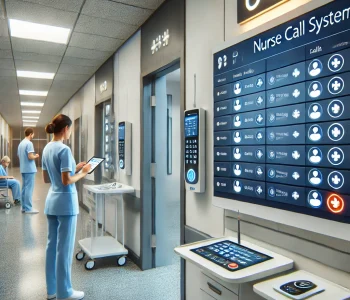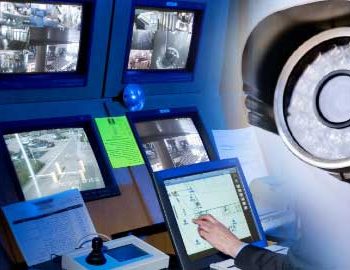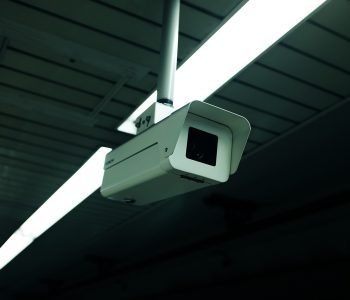 Security
Security
All You Need to Know About Interactive Displays
What is an interactive display?
An interactive display is a digital screen on which the user can provide input by touching, gesturing, or with any other type of input. This may be large touchscreen panels used in public spaces down to the much smaller screens used in classrooms and corporate settings. They can display information, images, videos, and interactive applications, some of which respond to user actions.

Key Features of Interactive Displays
Touch Sensitivity: Most interactive displays are equipped with touch technology. It allows users to navigate content by tapping, swiping, or dragging.
Multitouch Capabilities: Many interactive displays support multiple touch points. This allows multiple users to interact simultaneously. This feature is especially useful in collaborative settings.
Gesture Recognition: Some advanced displays can recognize gestures. This allows users to control content without having to directly touch it. This can increase cleanliness and provide a more dynamic user experience.
Connectivity: Interactive displays often come with Wi-Fi, Bluetooth, and HDMI capabilities, allowing a wide range of devices to be connected. Including smartphones, tablets, and computers…
Software Integration: These displays can run educational tools. Presentation software and a variety of software applications… Custom applications based on specific needs.
Applications of Interactive Displays
Education: These interactive screens thus allow dynamic teaching by teachers in classrooms while students interact with multimedia, work on group projects, and engage in interactive lessons.
Corporate Utilization: At workplaces, interactive displays come in handy for presentations and even brainstorming sessions. Interacting with them allows teams to illustrate their view and ideas way better.
Public Spaces: Museums, galleries, and other tourist attractions employ interactive displays to deliver information about themselves in an engaging manner, thus enhancing the experience of the visitor. Many of them have touchpoints that link up deeper dives into an exhibit.
Retail: In retail, interactivity displays are used to showcase products and interact with customers to extend their experience with self-service kiosks.
Healthcare: These may be installed in hospitals and clinics for educating patients, finding ways, and also serving as an interactive information system for patient experience improvement.
Benefits of Interactive Displays
Increased Engagement: When information is represented interactively in an educational environment, a corporate one, or through a public display, it is way easier to digest.
Collaboration: They allow for teamwork since several users can add their ideas and interact with the content at the same time.
Better Retention: Active learning of the content typically creates better understanding and retention than passive viewing.
Flexibility: Since they can easily be adapted for various uses and environments, they become valuable tools for many other industries that may find uses for them.
Considerations When Choosing an Interactive Display
Size and Resolution: Choose appropriate screen size and resolution based on intended space and size of audience.
Type of Technology: Capacitive touch, resistive touch, or other varied technologies are available depending on the application.
Durability: Where the place is public or where high traffic is going to occur, select durable screens that can take a number of touches.
Software Compatibility: The display should be able to run required applications or integrate with existing systems.
Cost: When budgeting for interactive displays, be sure to include money for the initial purchase but also money for maintenance and software licensing.
Conclusion
From education to business, large public spaces, and retail, interactive displays are changing the way we interact with information everywhere on the globe. Such versatile tools continue to upgrade the mode of communication, collaboration, access to, and exploitation of information in a more agreeable way. Setting up interactive display systems in public areas completes Abu Dhabi’s modern technologies, along with security and surveillance services and leading CCTV companies operating in Abu Dhabi. These are integrated with ELV systems in Abu Dhabi and structured cabling in Abu Dhabi to make sure safe and reliable performance is offered.
Publicly, the setting up of electronic interactive displays supplements the installation of CCTV systems and audio-visual systems, thus giving an environment both safe and interesting to all visitors and residents. While Dubai’s AV companies and audio-visual companies are still working their way through state-of-the-art solutions, Abu Dhabi showcases its penchant for innovation. The technologies of the SMATV system and the AV system are in great demand for making the public interface more dynamic and secure.
Due to the continuous development of technology, the applications and visions for use of interactive displays, audio-visual solutions, and CCTV installations will also grow further in Abu Dhabi. With every step of this digital transformation, supported by audio video companies in Dubai, a completely new world opens for newer possibilities of innovating uses in times to come and enriches the experience at public and commercial spaces across the city.








